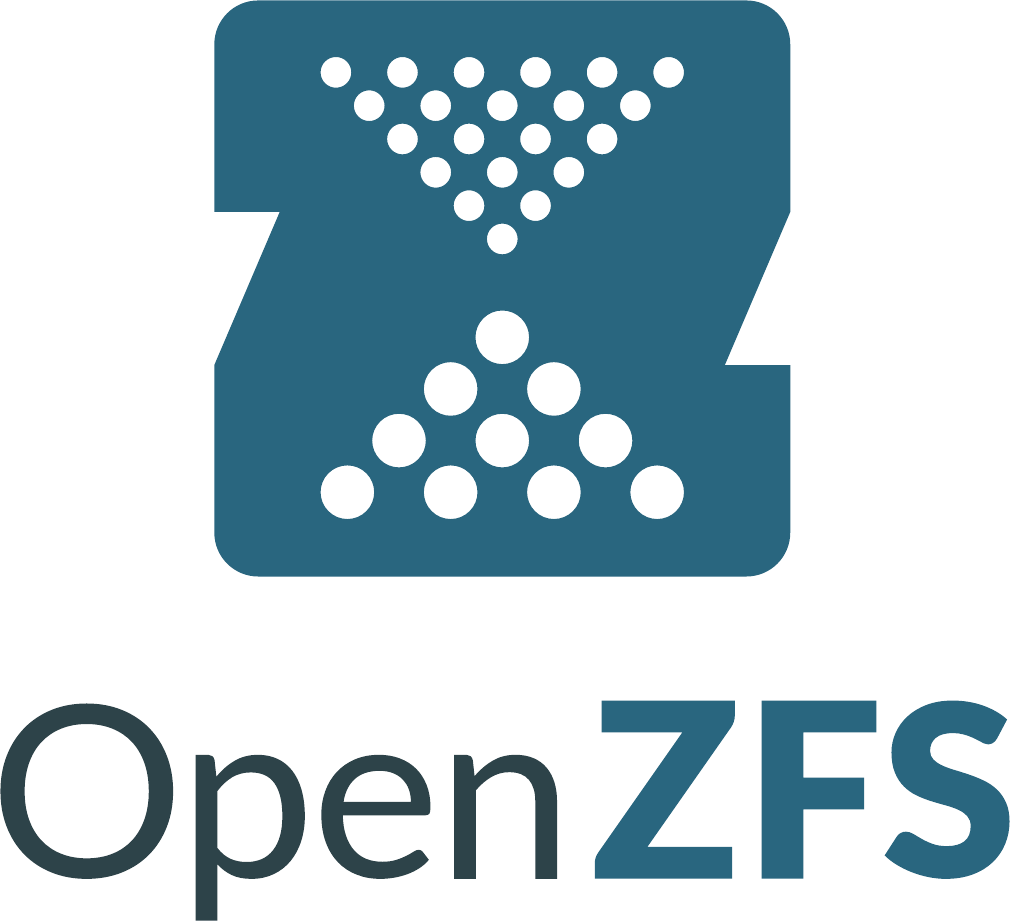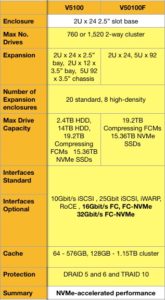

In order to fix that I followed the instructions of RIAAN'S SYSADMIN BLOGīoot from a Solaris image. Vmkfstools -i Oracle_ZFS_Storage-disk1.vmdk Oracle_ZFS_Storage-boot.vmdk -d thin -a sataĪdd a new hard drive to the VM, select use an existing disk and select the " Oracle_ZFS_Storage-boot.vmdk" file and attach it to the SATA controller (if a LSI controller is created, remove it)Īt that point the system won’t boot because the Solaris boot disk is not configured properly.

Login to your ESXi ht using ssh, go to the directory of the VM and use vmkfstools to make the conversion: If you attach it directly to the VM it will appear to work but whenever you will want to change your VM you will run into trouble. Upload "Oracle_ZFS_Storage-disk1.vmdk" to your ESXi host in the directory of the VM you have created above. Unzip the downloaded file of the storage simulator. Remove the default hard drive and the "LSI Logic Parallel Controller" (as the ZFS-SA won't like it). Give at least 2560 MB of memory to the VM. You will need to select at least virtual hardware 10 (ESXi 5.5 and above) as we will need a SATA controller for the VM.
Openzfs v5000 simulator#
The following are the steps that are needed for that.įirst download the Oracle/Sun Storage simulator : Oracle ZFS Storage Simulator DownloadsĬreate a new virtual machine in ESXi. I then started to investigate to see if it would be possible to use it under VMware ESXi.
Openzfs v5000 full#
After digging a bit, I realized that the simulator is the full software of Oracle ZFS Storage Appliance. I gave it a try and really liked the efficient UI and most important the analytics part with so much option to see what is happening on your storage. The beginning of the story is the Oracle ZFS Storage simulator for Virtual Box that you can download from Oracle.

I realized that my own experience on that could be interesting for others as not that much information are available on the net. Since the XigmaNAS itself is not security software, its security depends on a properly configured firewall.A few days ago, I saw a thread in this forum about a DIY Oracle ZFS Storage Appliance. The operating system platform is based on the FreeBSD O/S, which employs security best practices in development. Similar to FreeNAS, XigmaNAS is safe and secure.
Openzfs v5000 install#
To install this operating system on your device, you need to meet the following system requirements: On the other hand, TrueNAS is an appliance that’s built specifically for storage. FreeNAS is free software that needs users to get familiar with storage before selecting the appropriate hardware that’s right for their application. The first difference between FreeNas and TrueNAS is their delivery method. What’s the difference between TrueNAS and FreeNAS? Additionally, you can boot it from a LiveUSB or LiveCD with a small USB Key for configuration storage. Install the operating system on an HDD, SSD or USB drive to use it. You can configure these protocols via its WEB interface.


 0 kommentar(er)
0 kommentar(er)
